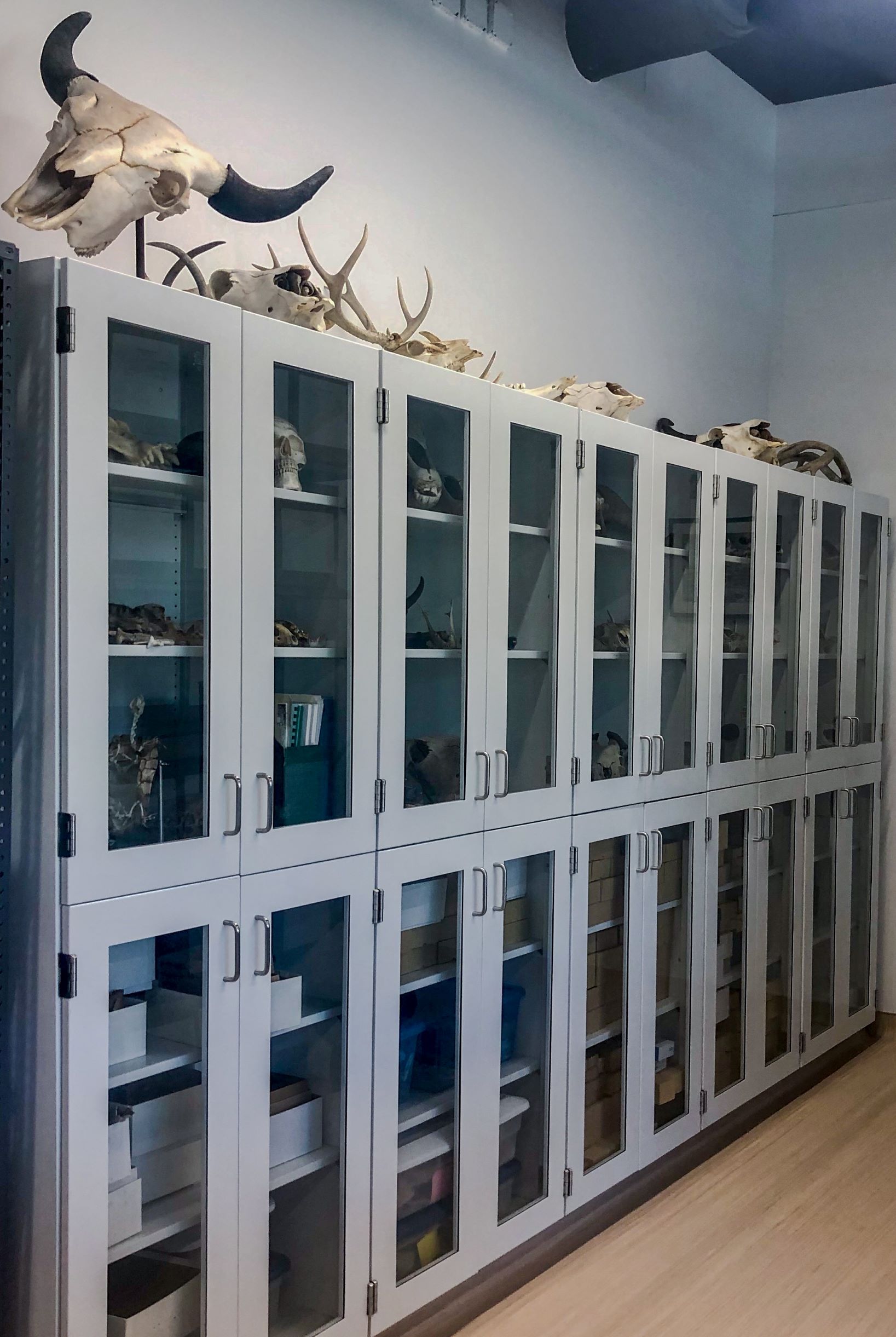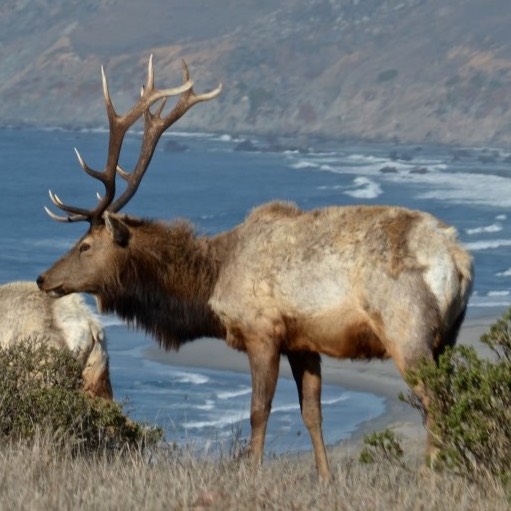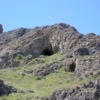Zooarchaeology Lab
Laboratory Information
 Research at the University of Utah Zooarchaeology Laboratory involves the analysis
of archaeological and paleontological vertebrate faunas to understand the complex
and long-standing relationships between past people and animal populations. Jack M.
Broughton and his students and colleagues engage in research involving hunter-gatherer
paleoecology and prehistory, especially the analysis of human-and climate-induced
change in past faunal landscapes, and their implications for related aspects of human
behavior, historical ecology, and modern conservation biology. Quantitative applications
of foraging theory models to faunal records in western North America constitutes the
core of the empirical work in the lab. Ongoing projects involve: 1)Resource Depression in Prehistoric California 2) Trans-Holocene ENSO-driven Faunal Change and Human Response in Baja California; 3)
Holocene Environmental Change, Artiodactyl Populations, and Human Hunting Behavior
in Western North America; and 4) Pleistocene Megafaunal Extinctions in North America.
Research at the University of Utah Zooarchaeology Laboratory involves the analysis
of archaeological and paleontological vertebrate faunas to understand the complex
and long-standing relationships between past people and animal populations. Jack M.
Broughton and his students and colleagues engage in research involving hunter-gatherer
paleoecology and prehistory, especially the analysis of human-and climate-induced
change in past faunal landscapes, and their implications for related aspects of human
behavior, historical ecology, and modern conservation biology. Quantitative applications
of foraging theory models to faunal records in western North America constitutes the
core of the empirical work in the lab. Ongoing projects involve: 1)Resource Depression in Prehistoric California 2) Trans-Holocene ENSO-driven Faunal Change and Human Response in Baja California; 3)
Holocene Environmental Change, Artiodactyl Populations, and Human Hunting Behavior
in Western North America; and 4) Pleistocene Megafaunal Extinctions in North America.
Many projects involve close collaboration with the Research Facility for Stable Isotope Chemistry.
The Zooarchaeology Laboratory is housed in the state-of-the-art laboratory facilities of the Gardner Commons Anthropology/Geography research floor completed in 2019. The lab is used both as a research facility as well as a classroom for Zooarchaeology (ANTH 4372). One of the main functions of the lab is the preparation of vertebrate skeletons for the Osteological Reference Collection, the primary tool used in our zooarchaeological research. This collection, the largest of its kind in the Intermountain West, is represented by over 4,100 specimens: including over 500 fish, 700 reptiles and amphibians, 1,200 birds, and 1,700 mammals.

All of the specimens we collect and prepare for the collection are accessioned into the Natural History Museum of Utah, but are permanently stored in the Zooarchaeology Lab. With recent collecting and skeletal preparation associated with the Homestead Cave project, the collection includes the largest series of Bonneville Basin fishes in the world. The lab and the reference collection have been an instrumental research tool for a wide range of senior faculty research projects over the last 25 years. The lab and osteological reference collection are also a primary resource for zooarchaeological training for both our undergraduate and graduate students. The collection and laboratory provide the foundation for our Zooarchaeology course (Zooarchaeology (ANTH 4372) and Zooarchaeology and Field Ecology (ANTH 5712-002)) which represent two of the few undergraduate courses where students conduct their own scientific research projects involving the analysis of archaeological materials. We also routinely facilitate undergraduate independent research projects in the lab.




